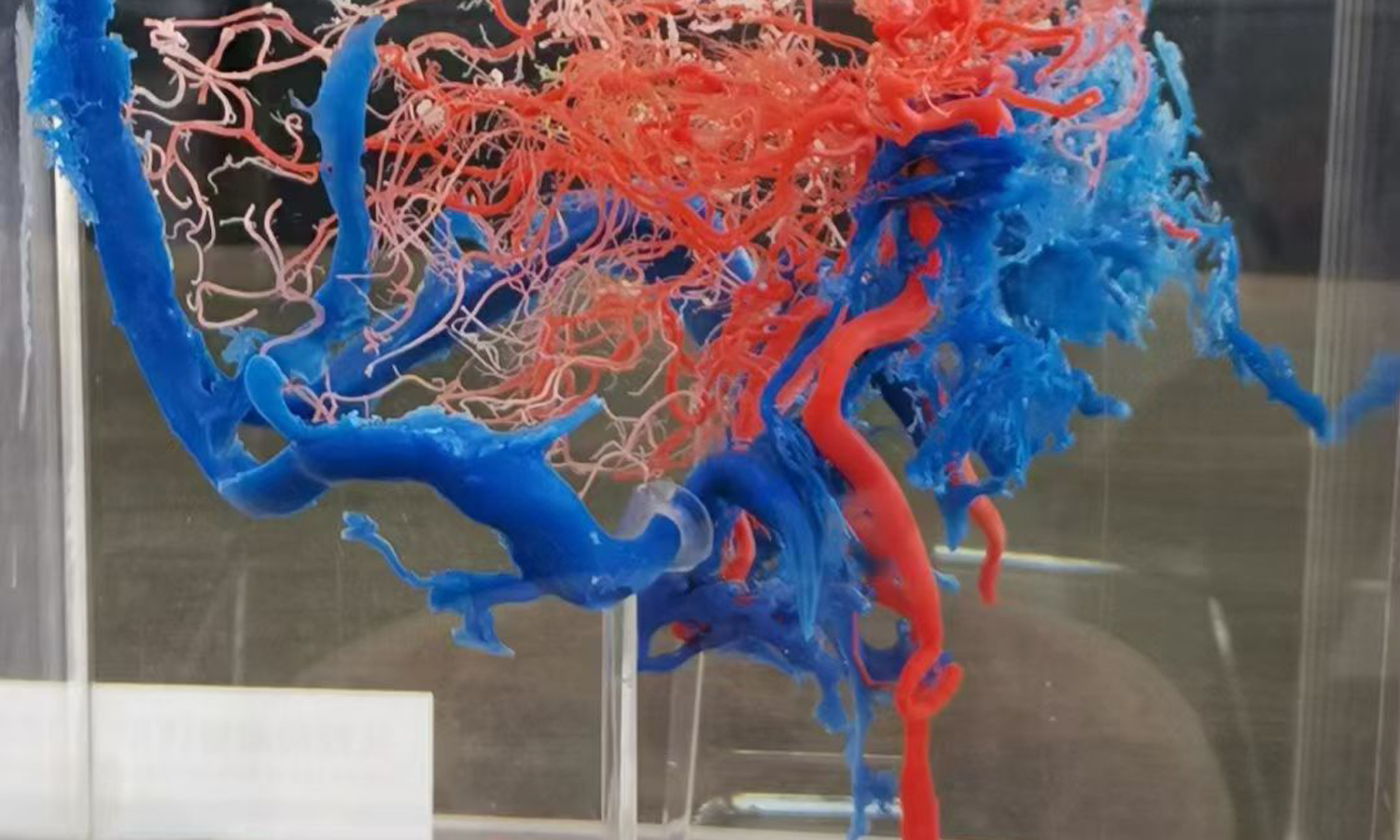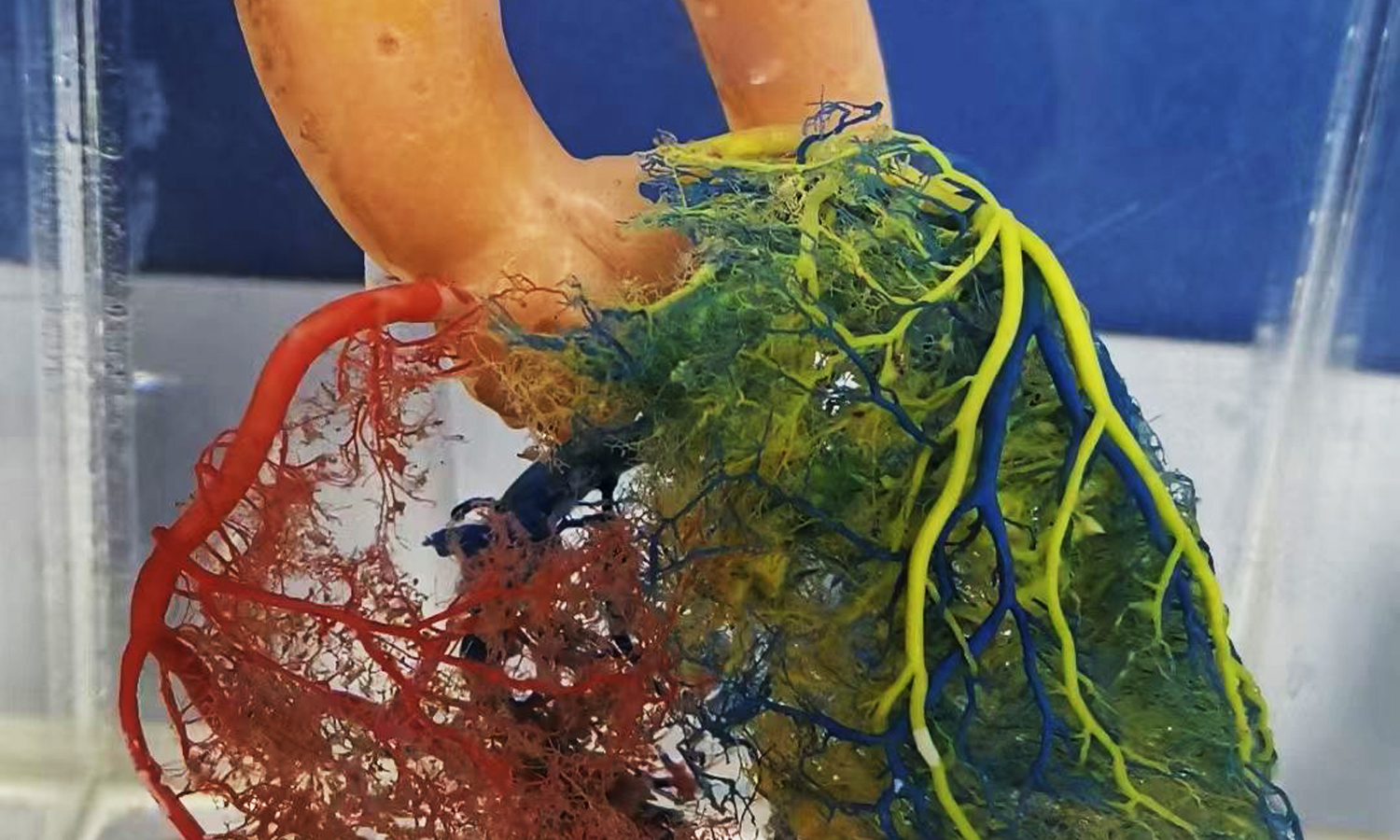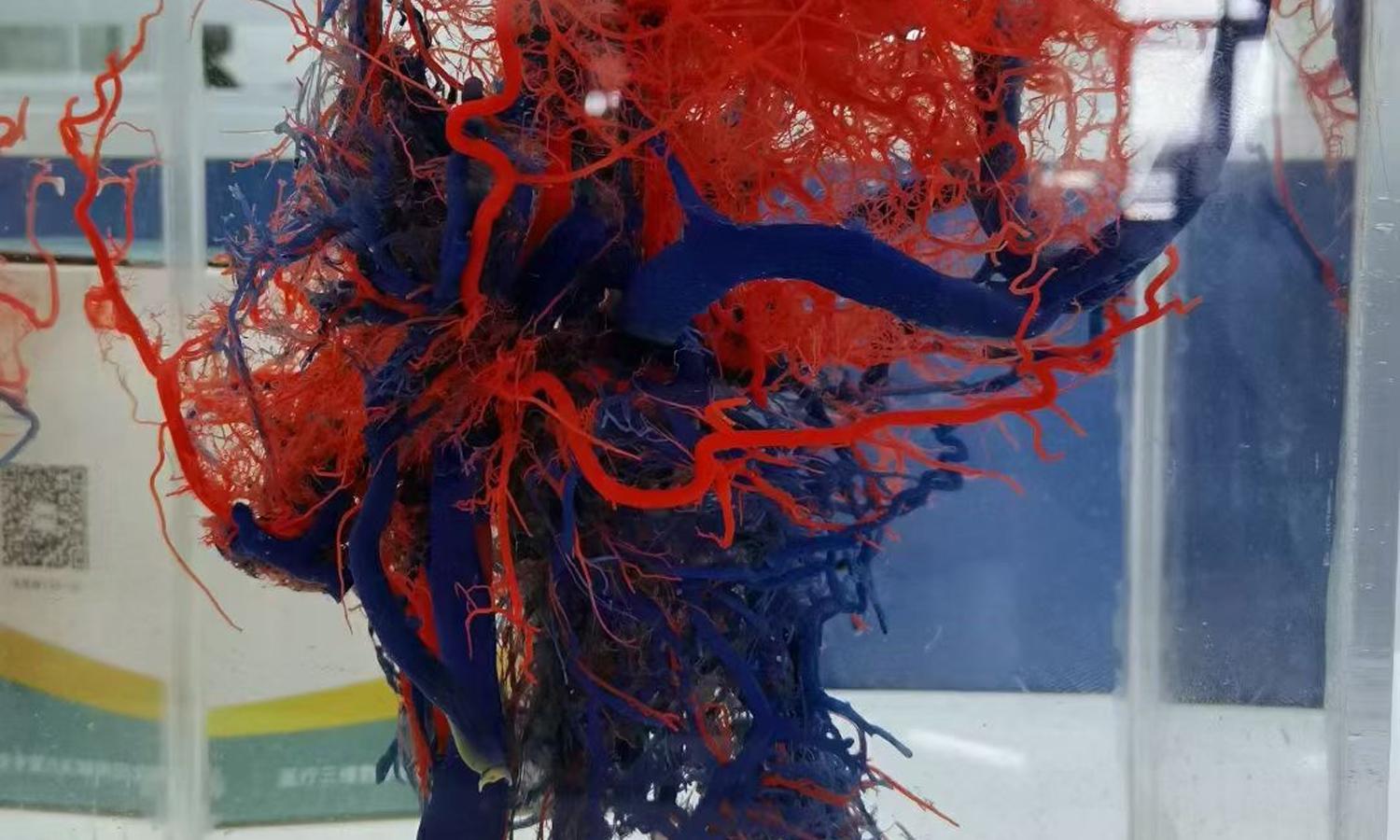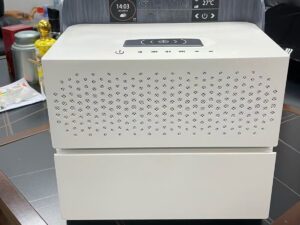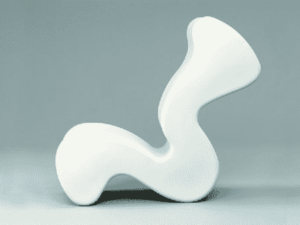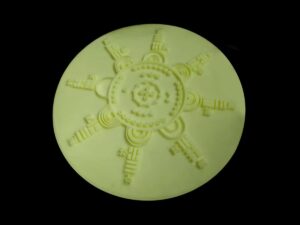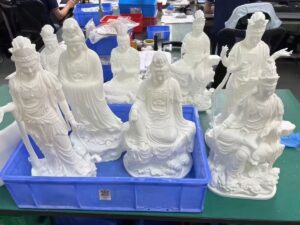PolyJet 3D Printed Scaled-up Fullcolor Capillary Vessel
- FDM 3D Printed Electric Coffee Maker ABS Prototype
- SLA 3D Printed Sanitary Ware & Bathroom Furniture Resin Prototype
Posted on 2021-06-21 in Furniture · 家具
Process 3D Print, Post Curing, Polish
Material Resin
Quantity 4 pcs
Price Range $1,000-5,000
Lead Time 5 workdays
Material Resin
Quantity 4 pcs
Price Range $1,000-5,000
Lead Time 5 workdays
Gallery
About Project
Tissues such as skeletal muscle, liver, and kidney have extensive capillary networks because they are metabolically active and require an abundant supply of oxygen and nutrients.
Capillaries, the smallest and most numerous of the blood vessels, are hard to make using traditional technology. But with PolyJet 3D printing technology, we can easily make a transparent model that people can watch from different angles.
Solution
- Step 1: Check the dimension of the 3D models and give a quote. As different types of vessels tangle together and need to have different colors, PolyJet is the only option. The client requires every capillary should be visible, so the minimum of the thinnest vessel should be 0.6mm, which means the model is very large and the cost is enormous.
- Step 2: We add soluble supports to the models so the vessels won’t break or deform during printing. A carriage jets photopolymers onto the workspace, which are then cured by a UV light. After a thin layer is created, the process repeats itself by jetting additional layers until the part is fully formed.
- Step 3: Rinse the model with water and isopropanol (IPA). Polish with sandpaper to improve the finish. Spray with thick UV oil.
